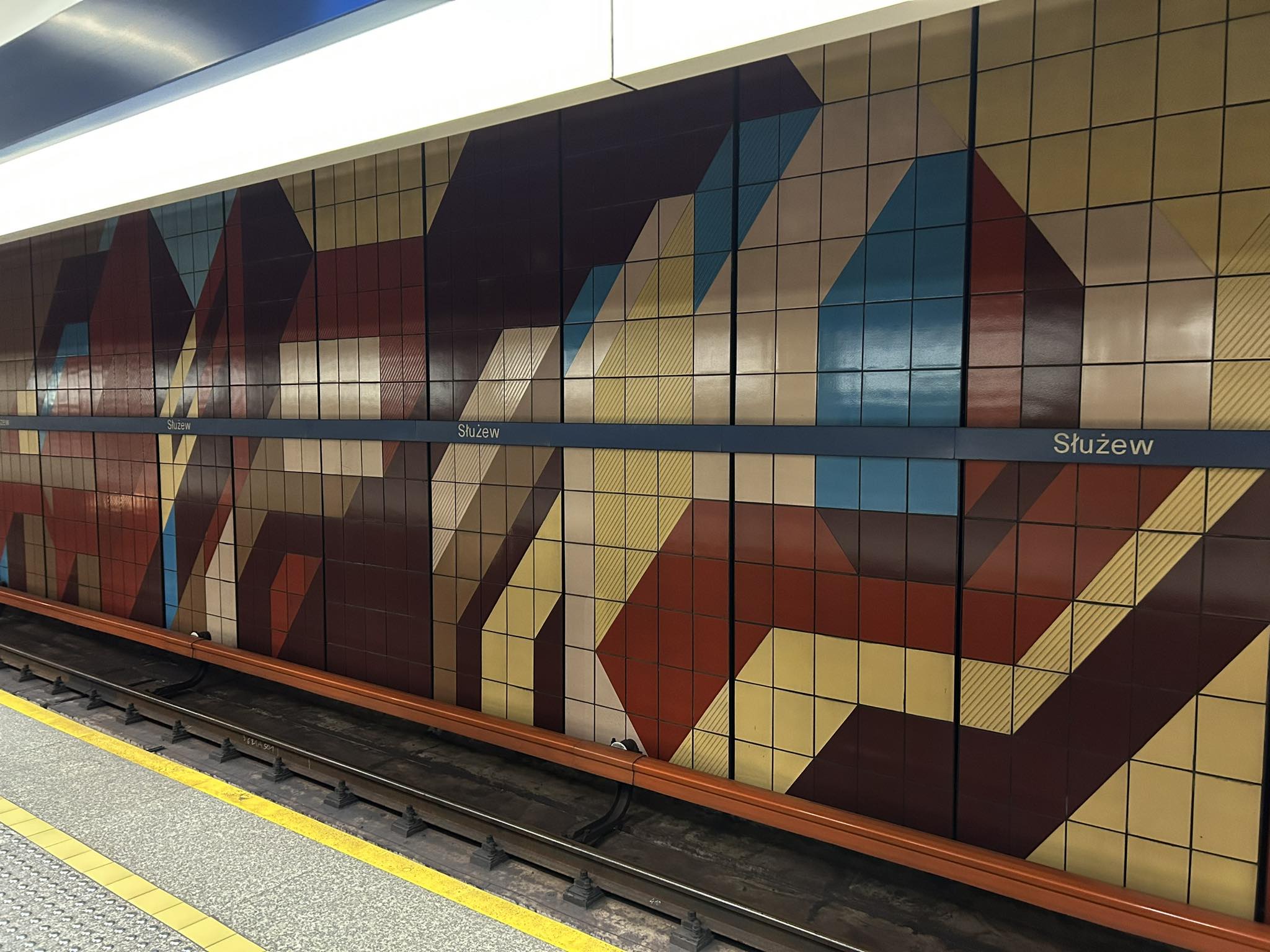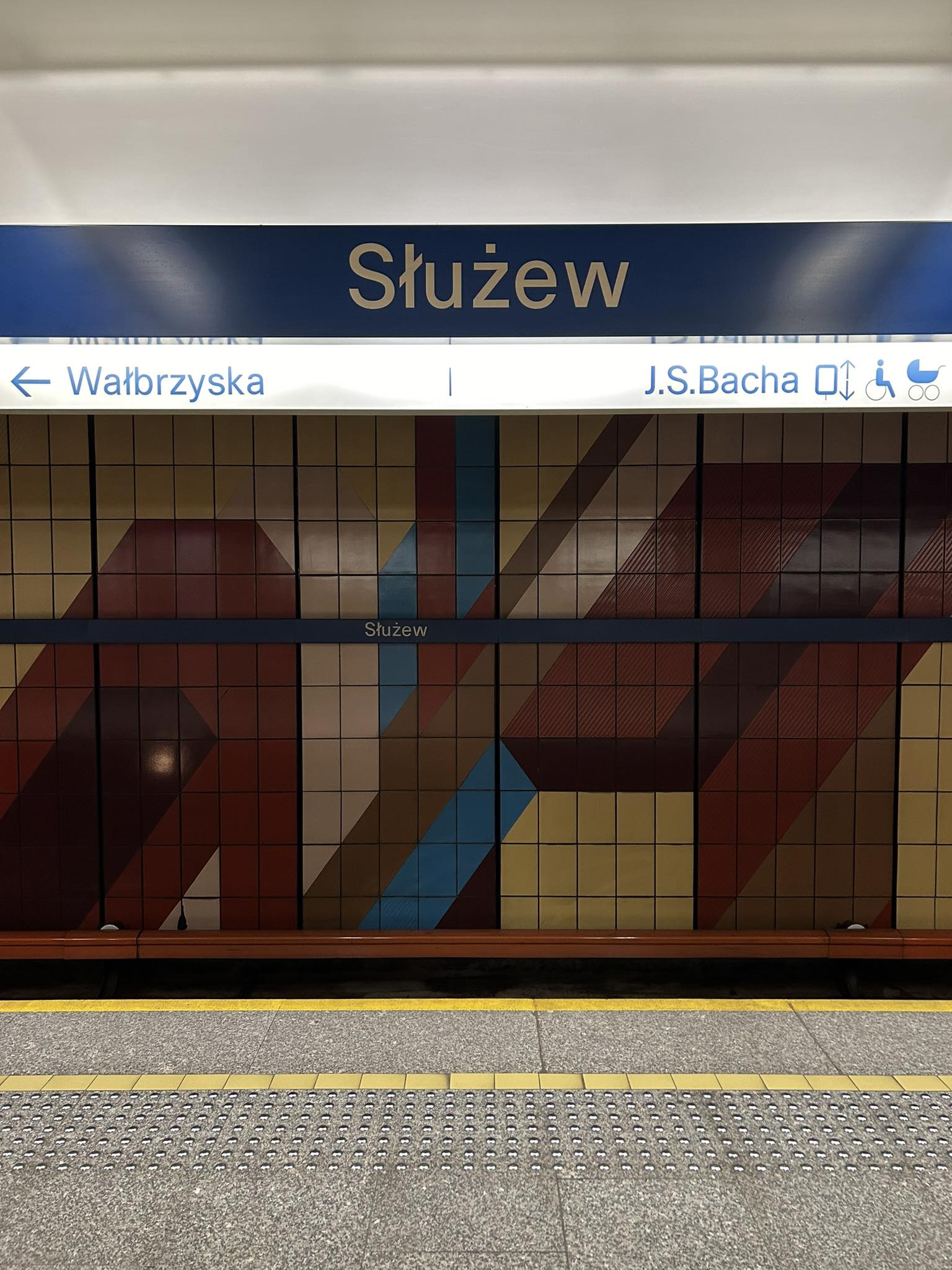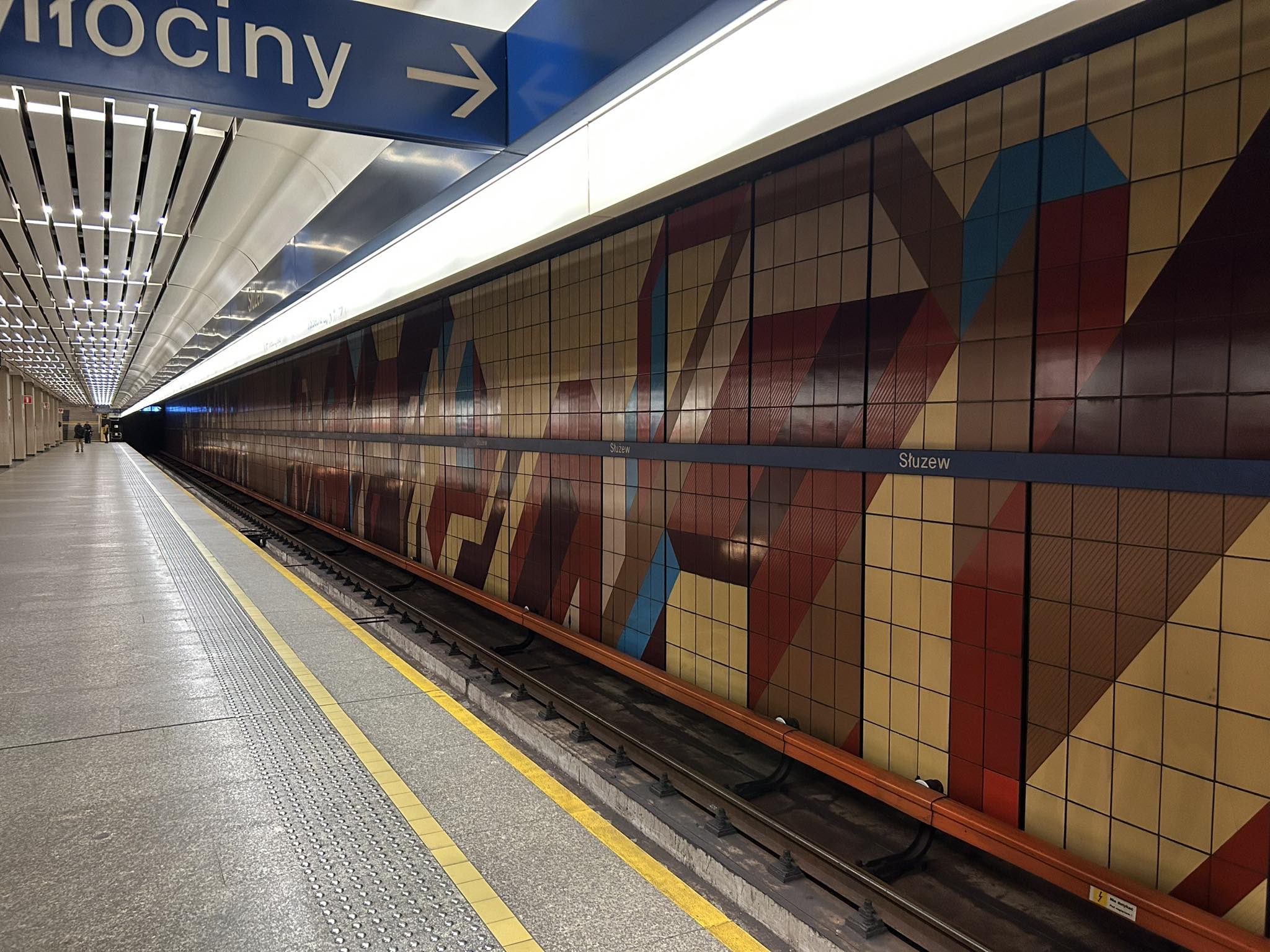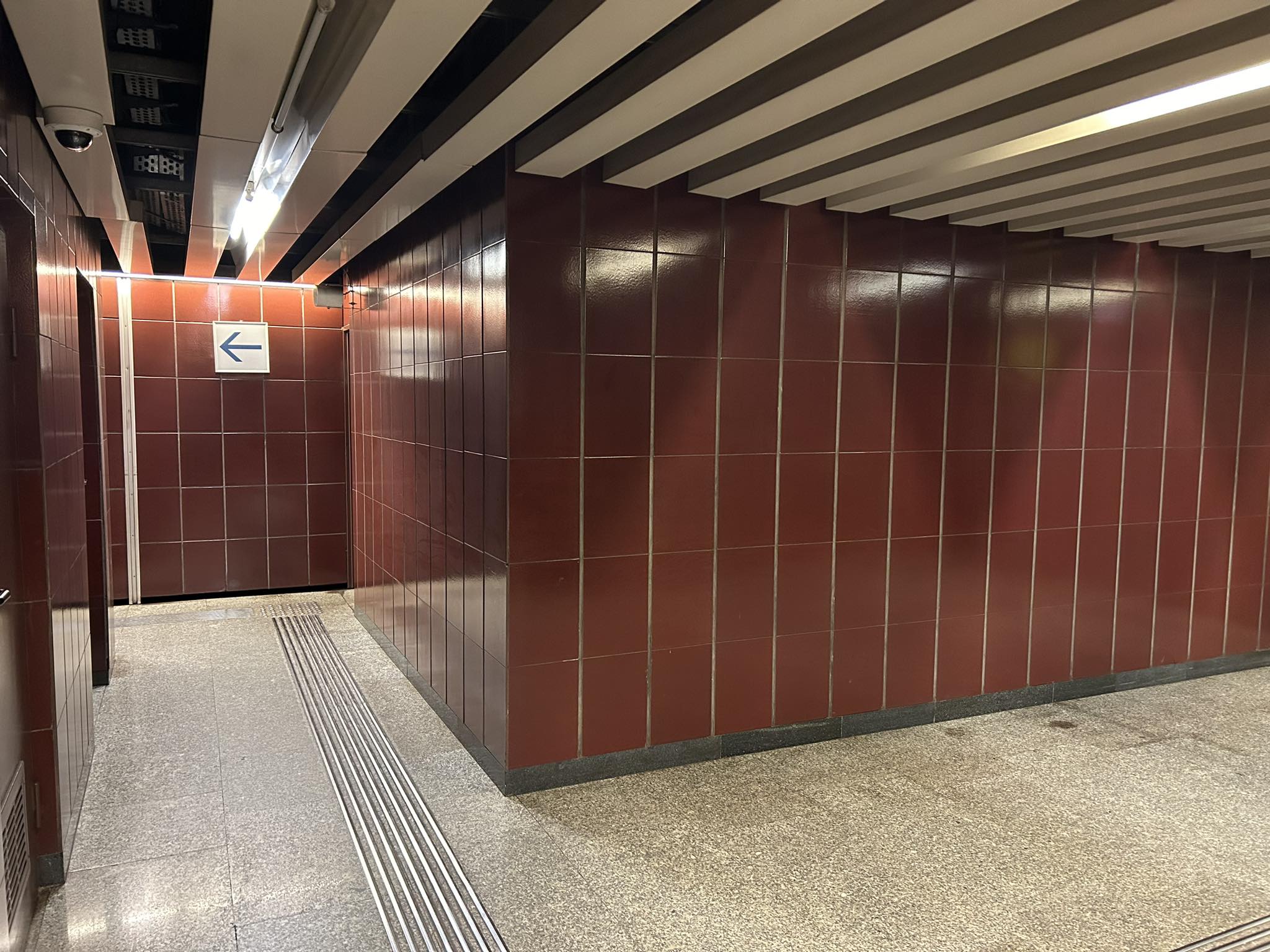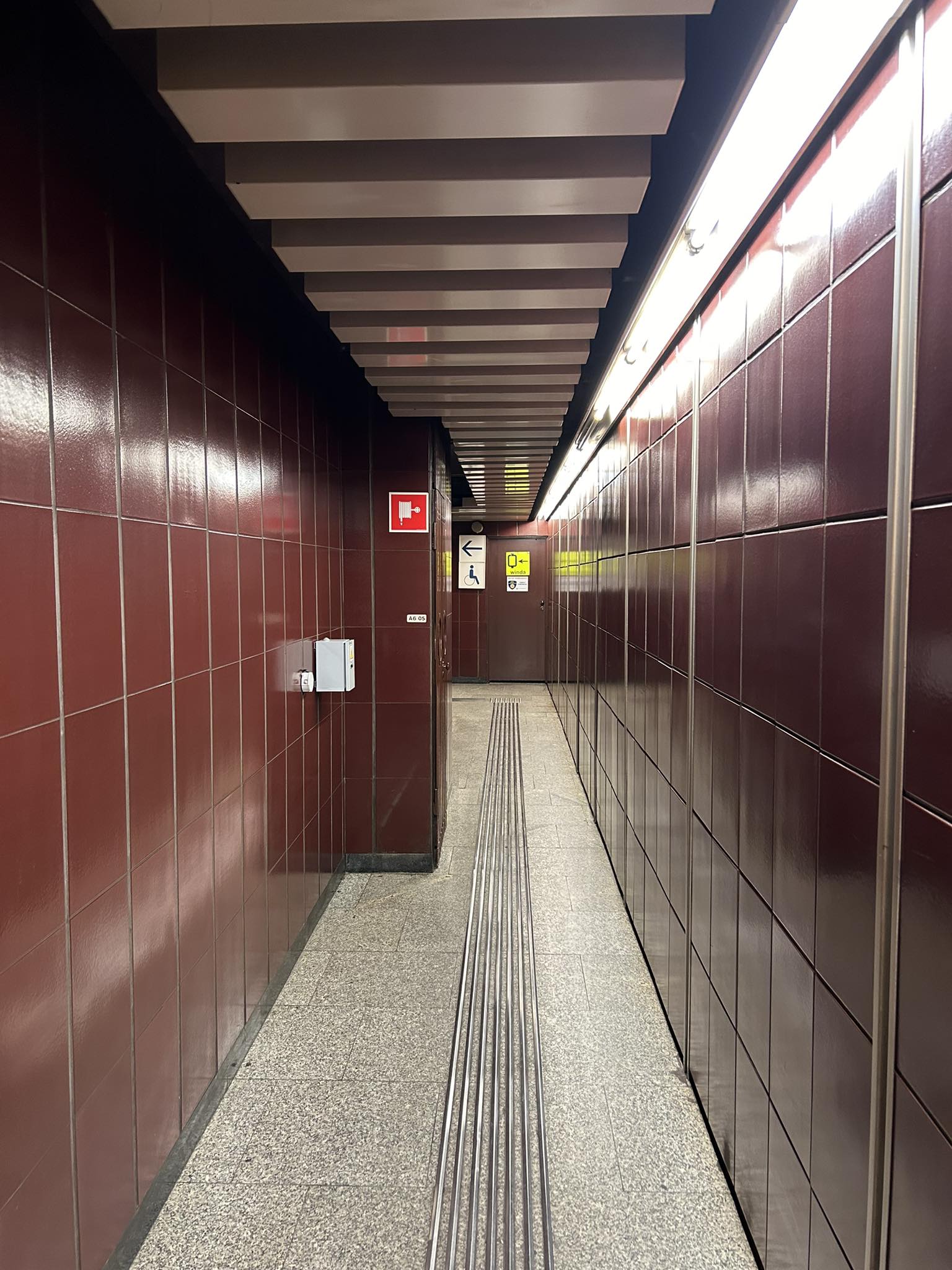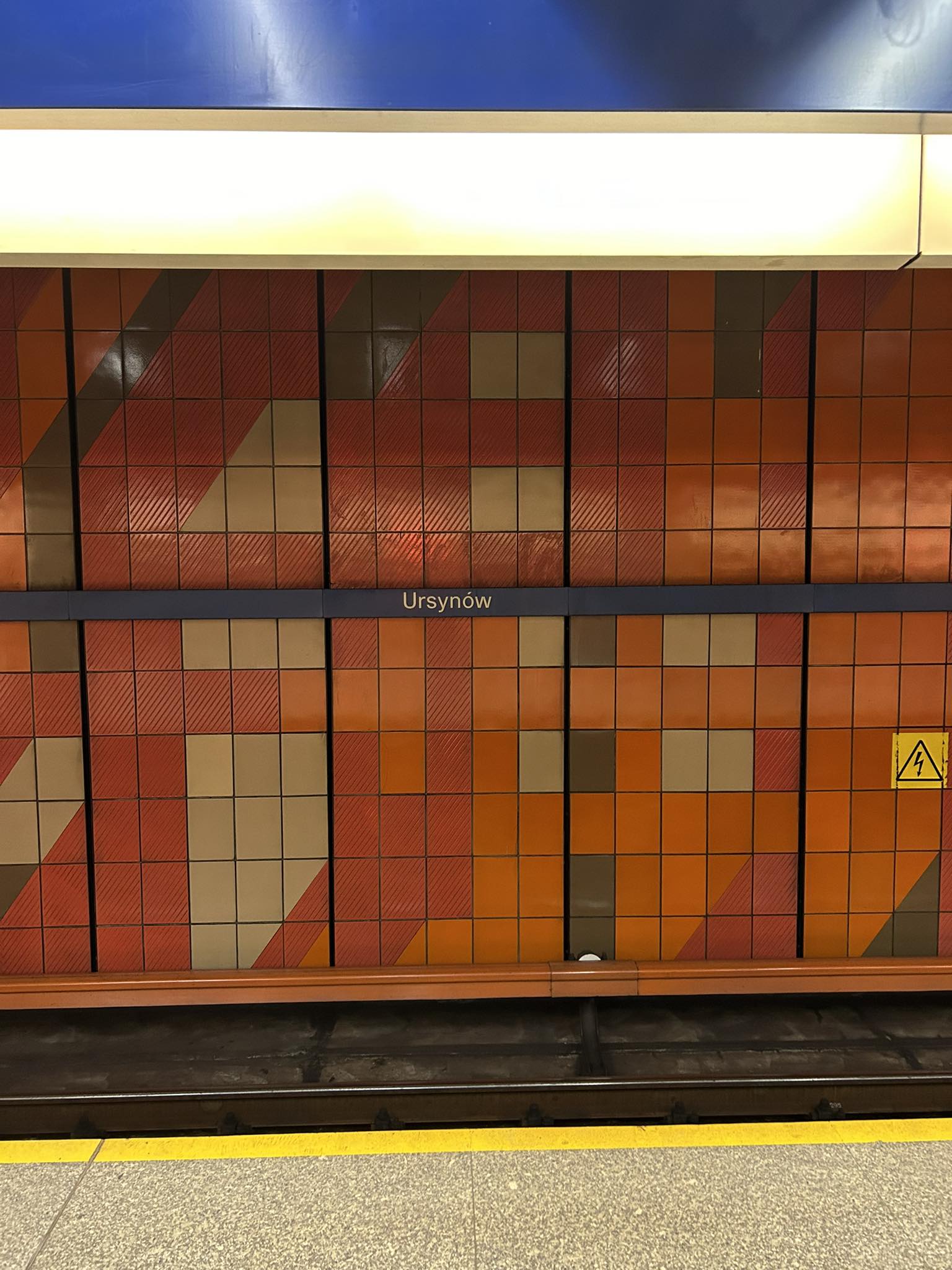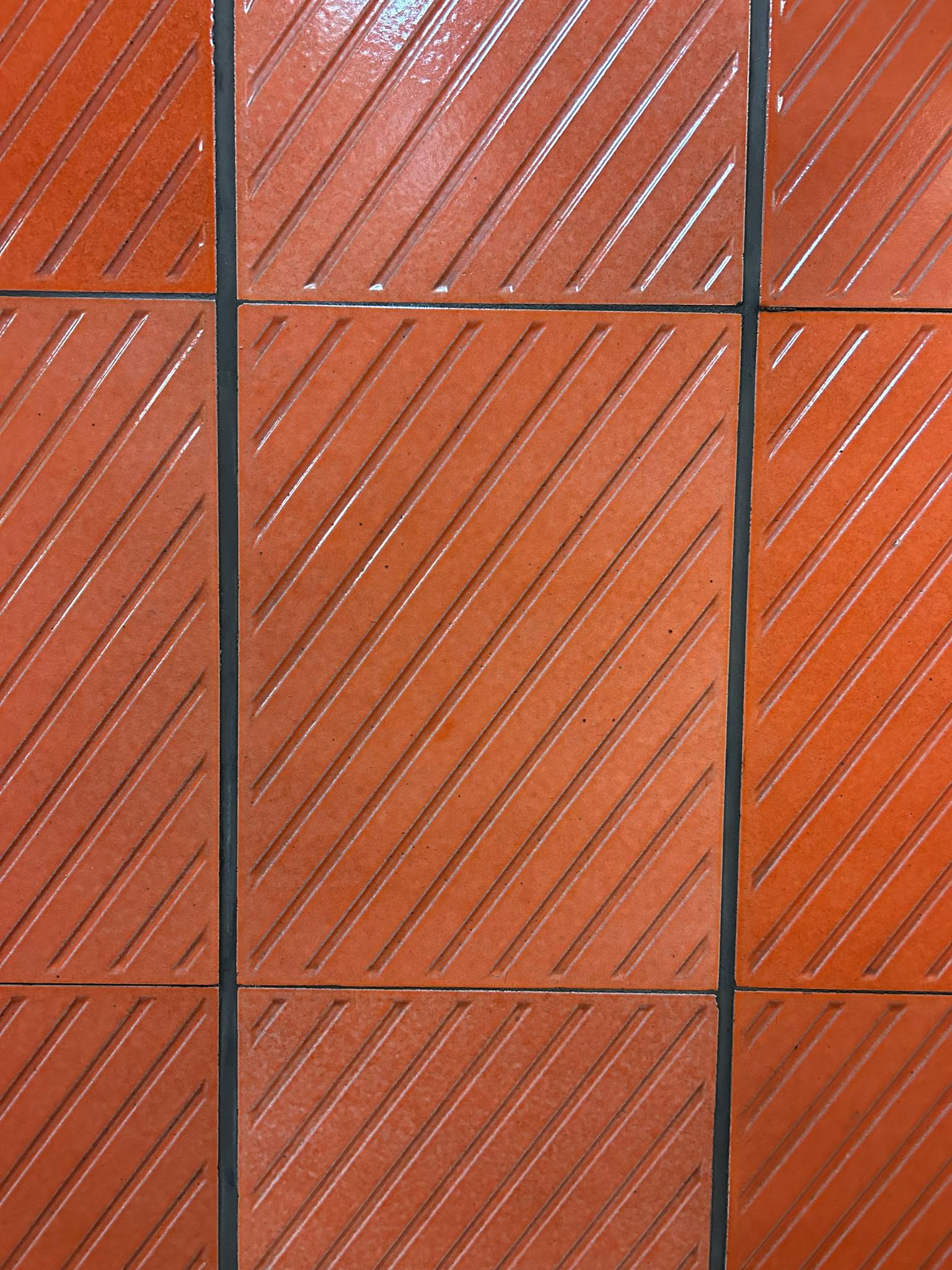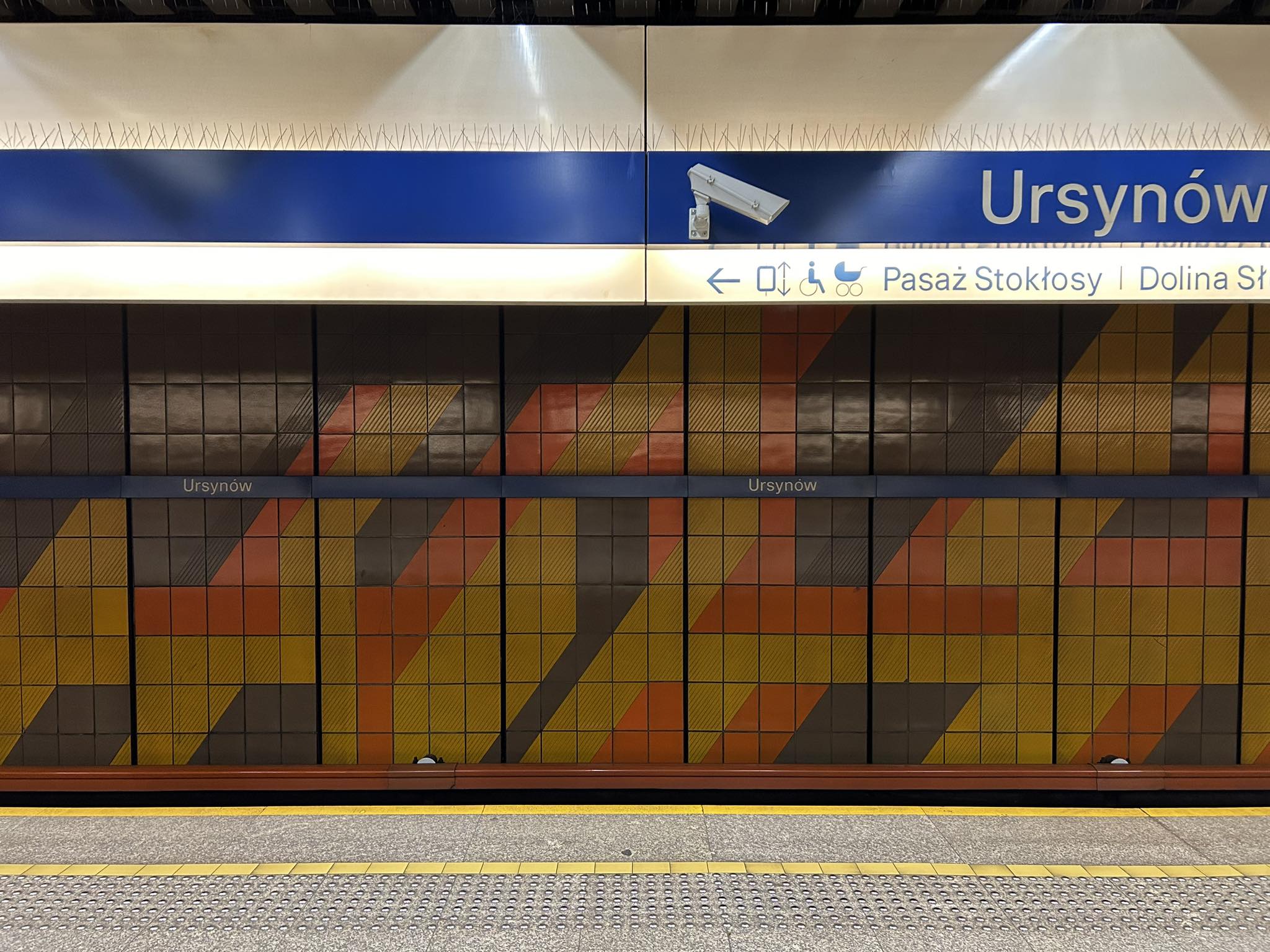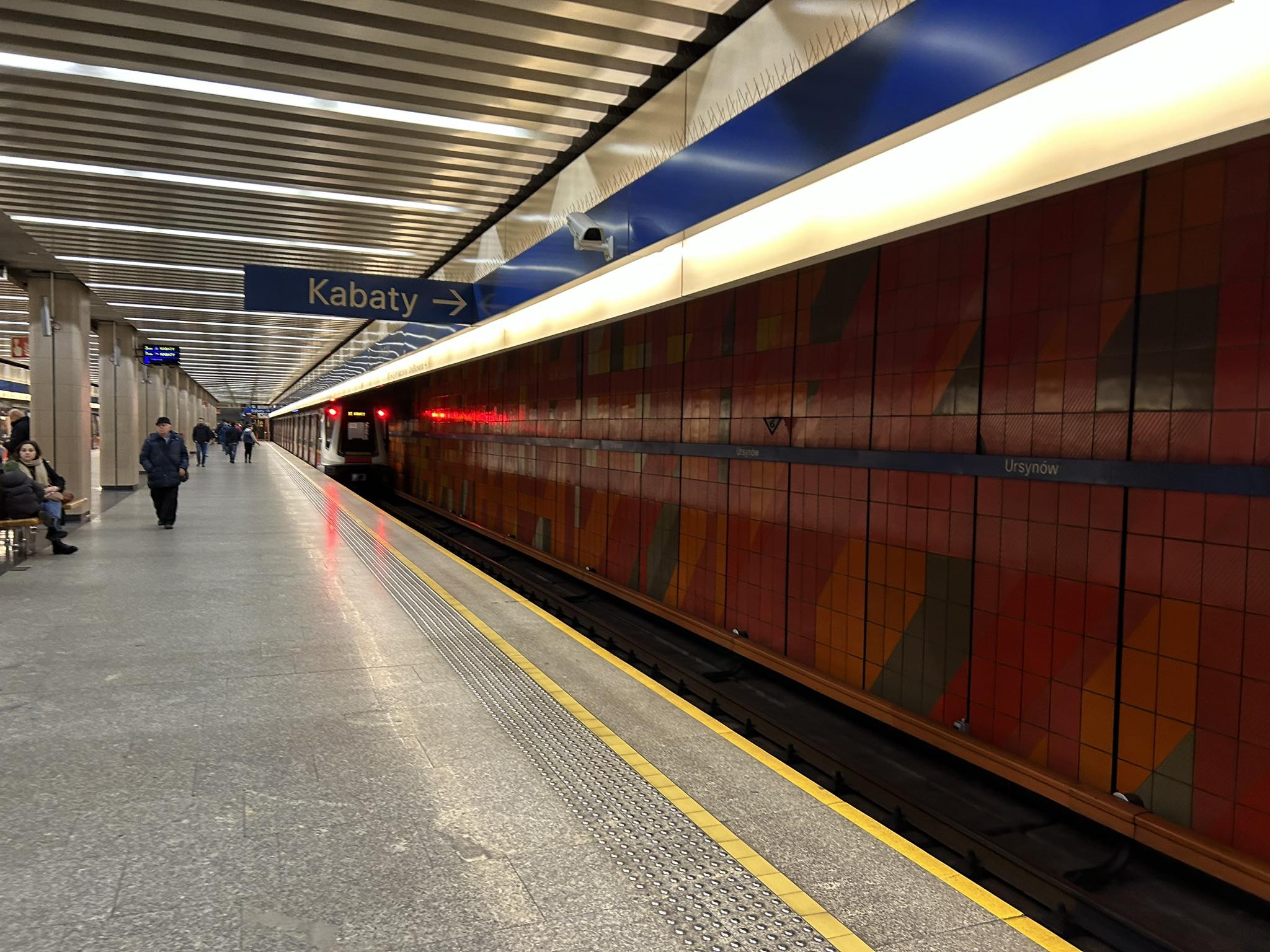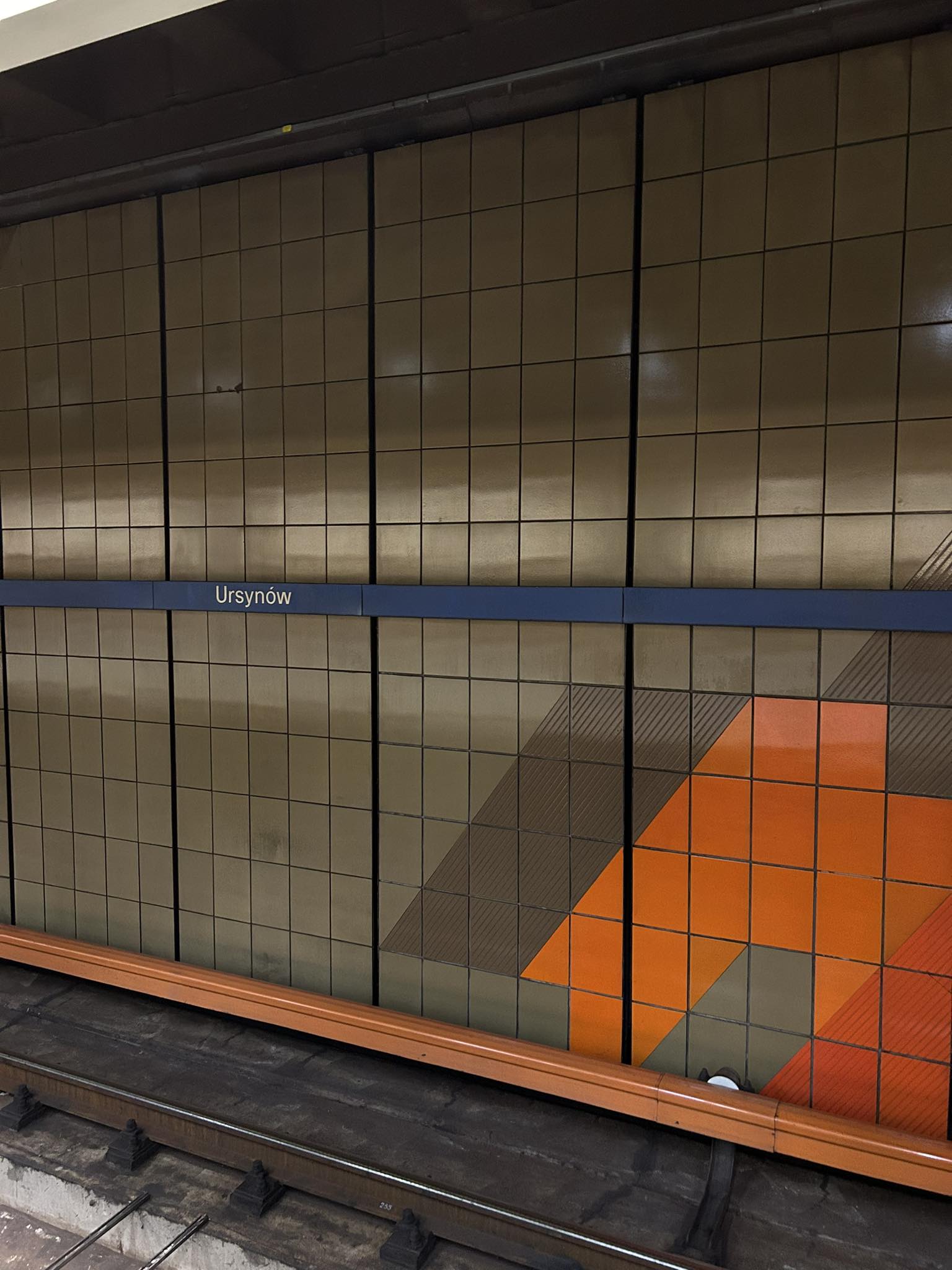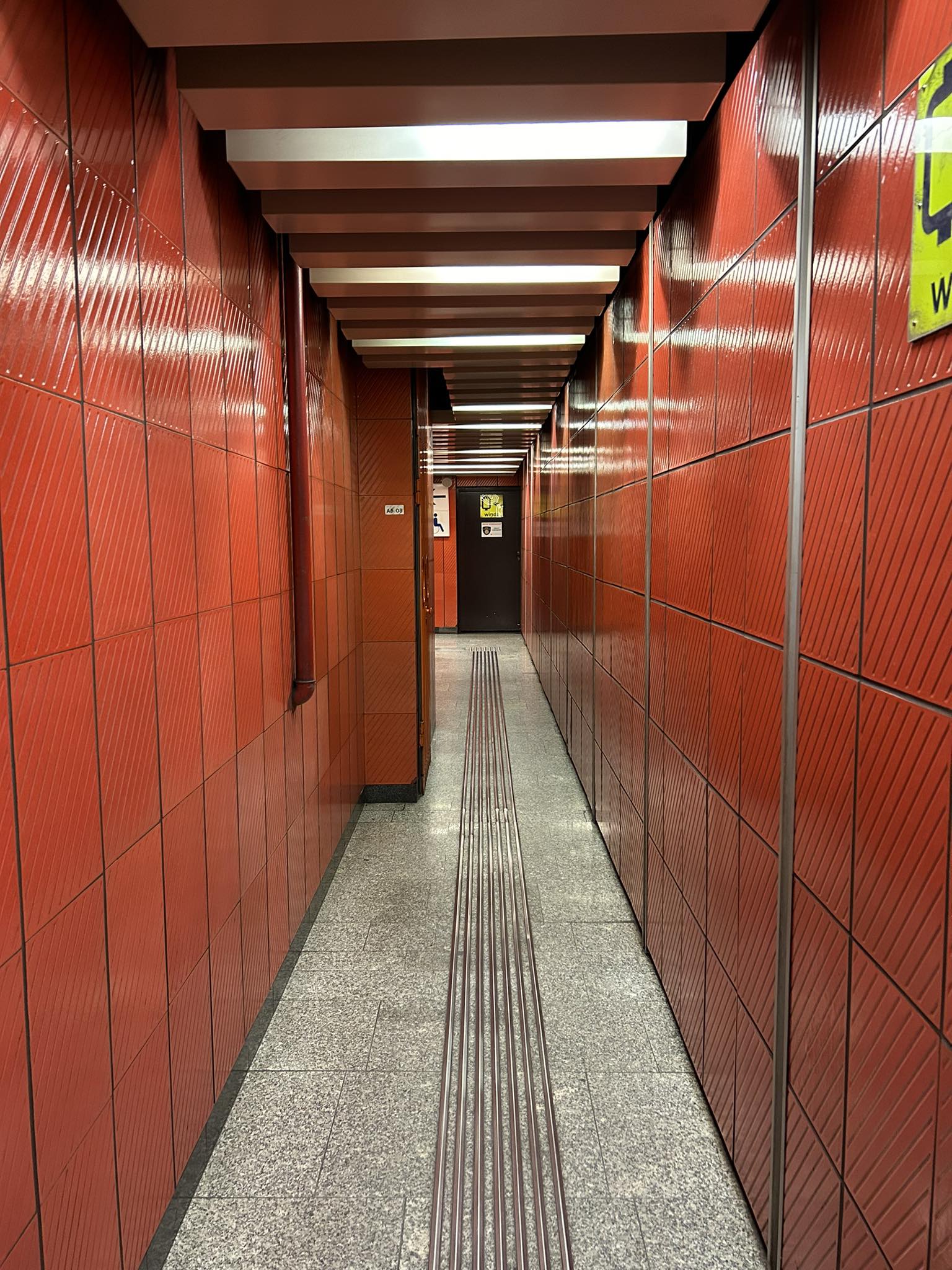The decision to make the entry was made by Professor Jakub Lewicki, Mazovian Voivodeship Conservator of Monuments. The mosaics are located at Ursynów and Służew underground stations. They decorate the walls of the platforms and areas leading to the lifts.
The mosaics have been added to the list of movable monuments of the voivodeship. The need for their legal protection was requested by members of the Time Collectors Association. The ornaments, although similar, differ in layout and colours.
The mosaic at the Ursynów underground station is maintained in reds, yellows, browns and oranges. In some places the colour tones have been broken with grey tiles. The mosaic at Służew station is brighter. It is made of yellow, red, brown, orange and blue tiles. At both stations, the access to the lifts is tiled in one colour. The mosaic at Ursynów station was designed by Andrzej Drzewiecki, and at Służew station by Krzysztof Jachiewicz.
The historical value of the ceramic cladding is based on the fact that the mosaic decoration of the Ursynów and Służew stations is a relic of the ambitious plans of the political class of the martial law period, where, accompanied by state terror to legitimise the government, a transport system was to be built that would significantly raise the standard of living of some of the capital’s residents. The government of the time chose a relaxed aesthetic corresponding to Western implementations – the jammed walls of the ‘Ursynów’ and ‘Służew’ stations resemble the ceramic compositions by the eminent British artist Paul Huxley at the ‘King’s Cross’ station in London. The decorations of both underground stations are priceless and unique testimonies of modern art from the patronage of an oppressive state. As independent works of art, they testify to the propaganda dimension of the realisation of the Underground, which, for economic reasons, did not open until 1995. The artwork created in the 1990s as part of an investment project from the early 1980s belongs historically to the previous era – the People’s Republic of Poland – and is directly connected to the events of Martial Law,” explains Prof. Jakub Lewicki, Mazovian Voivodeship Conservator of Monuments.
The authors of the mosaics designed the decorations as a system of abstract compositions. The tiles are arranged in a dynamic form and are a form of breathing modern decor into the metro stations. In several sections, the tiles are fluted, which adds to their expressiveness.
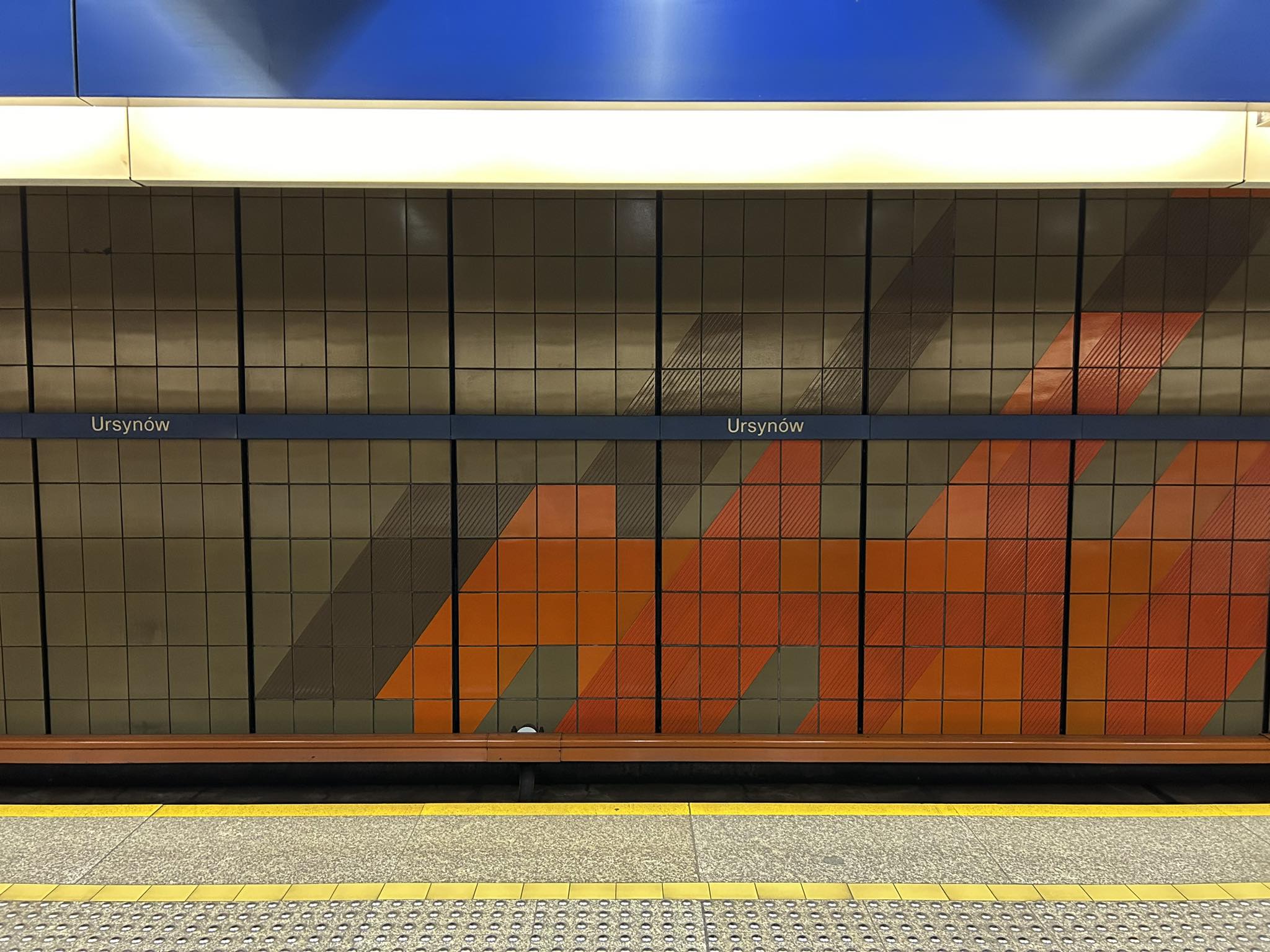
Now, when travelling on Line 1 of the Warsaw metro, one can glimpse the works and admire its elements like exhibits in an art gallery. The artistic value of the mosaics is growing, especially as there are only two ceramic decorations in the entire system of Line 1 of the metro in an overall artistic concept.
The very origin of the mosaics is already interesting. Their origins go back to the late 1970s, when a competition was announced to design the station. The design was changed during martial law, and was not realised until the mid-1990s.
This makes the visual design of the Ursynów and Służew stations a breakthrough work – a period of turbulent transformation. The decorations are evidence of the democratisation of society, which is also evidenced by the work itself, e.g. the special artistic design of the accesses to the lifts,” adds Prof. Jakub Lewicki.
PS historic elements also decorate the Warszawa Śródmieście station. We wrote about it HERE
photos: editors of whiteMAD
source: Mazovian Voivodeship Historic Preservation Officer
Read also: Warsaw | Public transport | Monument | Detail | Mosaic | whiteMAD on Instagram

